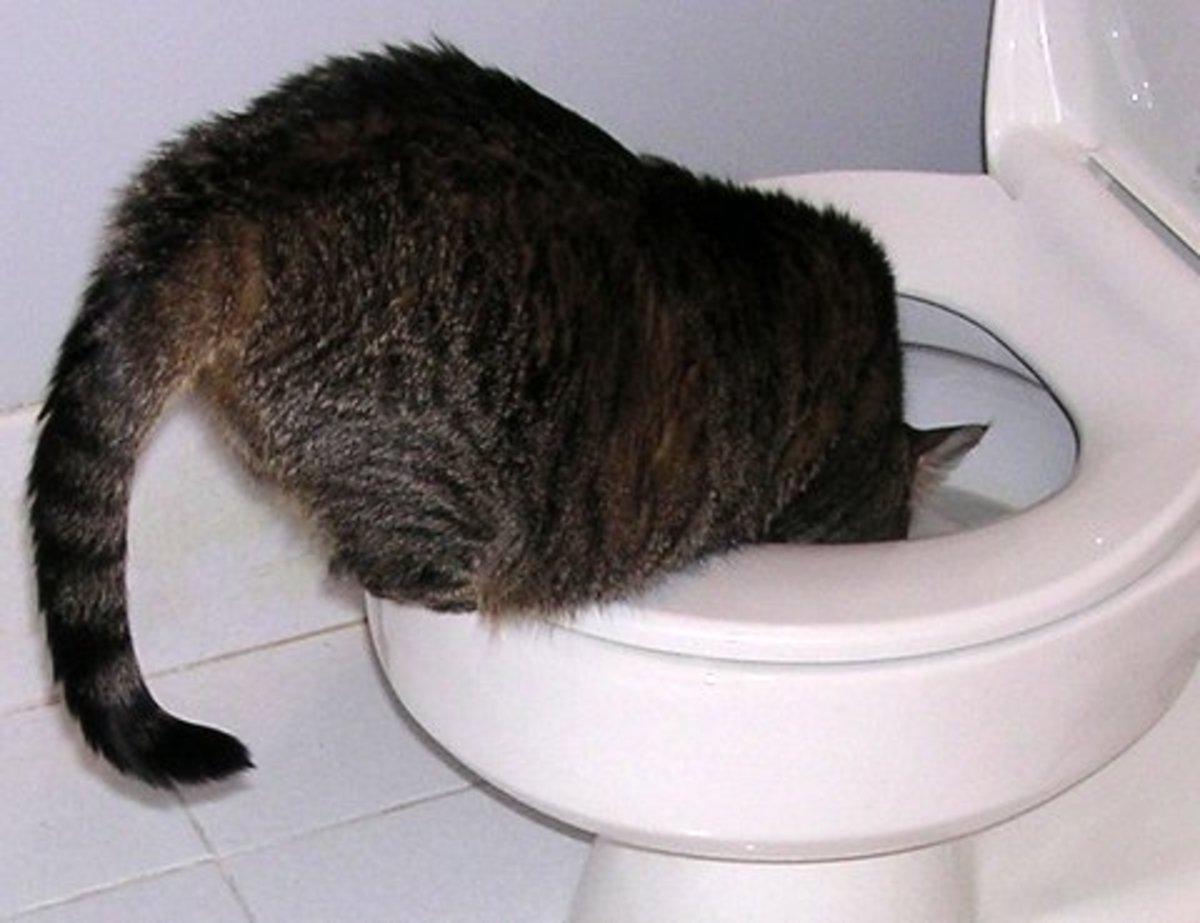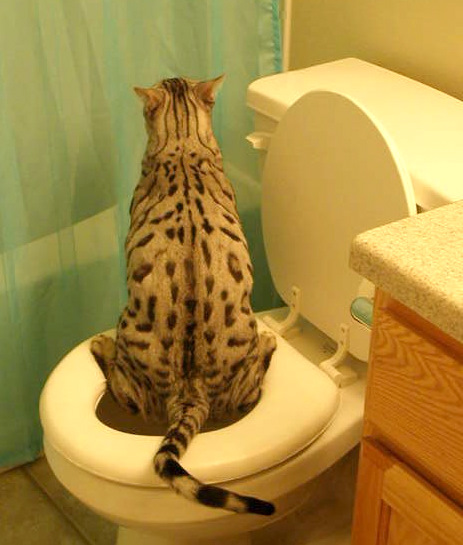Prevent Toilet Disasters: Never Flush Cat Poop Down Your Toilet - Professional Advice
Prevent Toilet Disasters: Never Flush Cat Poop Down Your Toilet - Professional Advice
Blog Article
Just about every person seems to have their own individual opinion when it comes to How to Dispose of Cat Poop and Litter Without Plastic Bags.

Introduction
As feline proprietors, it's vital to be mindful of how we dispose of our feline friends' waste. While it might seem practical to flush cat poop down the toilet, this technique can have destructive effects for both the atmosphere and human health and wellness.
Environmental Impact
Flushing pet cat poop introduces hazardous pathogens and bloodsuckers right into the water system, positioning a significant threat to water communities. These impurities can negatively impact aquatic life and compromise water high quality.
Health and wellness Risks
Along with environmental problems, flushing pet cat waste can also present health dangers to human beings. Cat feces may include Toxoplasma gondii, a bloodsucker that can cause toxoplasmosis-- a potentially serious ailment, particularly for expecting females and individuals with weakened immune systems.
Alternatives to Flushing
Luckily, there are more secure and much more accountable means to dispose of cat poop. Think about the complying with options:
1. Scoop and Dispose in Trash
One of the most typical technique of throwing away pet cat poop is to scoop it right into an eco-friendly bag and toss it in the garbage. Make sure to utilize a devoted litter scoop and dispose of the waste without delay.
2. Usage Biodegradable Litter
Select naturally degradable feline litter made from products such as corn or wheat. These clutters are environmentally friendly and can be safely disposed of in the garbage.
3. Bury in the Yard
If you have a backyard, consider hiding cat waste in an assigned location far from veggie gardens and water resources. Be sure to dig deep sufficient to prevent contamination of groundwater.
4. Mount a Pet Waste Disposal System
Buy an animal garbage disposal system particularly designed for pet cat waste. These systems use enzymes to break down the waste, lowering odor and ecological impact.
Final thought
Liable animal possession expands beyond supplying food and sanctuary-- it also includes correct waste administration. By avoiding purging cat poop down the bathroom and selecting different disposal approaches, we can minimize our environmental footprint and safeguard human health and wellness.
Why Can’t I Flush Cat Poop?
It Spreads a Parasite
Cats are frequently infected with a parasite called toxoplasma gondii. The parasite causes an infection called toxoplasmosis. It is usually harmless to cats. The parasite only uses cat poop as a host for its eggs. Otherwise, the cat’s immune system usually keeps the infection at low enough levels to maintain its own health. But it does not stop the develop of eggs. These eggs are tiny and surprisingly tough. They may survive for a year before they begin to grow. But that’s the problem.
Our wastewater system is not designed to deal with toxoplasmosis eggs. Instead, most eggs will flush from your toilet into sewers and wastewater management plants. After the sewage is treated for many other harmful things in it, it is typically released into local rivers, lakes, or oceans. Here, the toxoplasmosis eggs can find new hosts, including starfish, crabs, otters, and many other wildlife. For many, this is a significant risk to their health. Toxoplasmosis can also end up infecting water sources that are important for agriculture, which means our deer, pigs, and sheep can get infected too.
Is There Risk to Humans?
There can be a risk to human life from flushing cat poop down the toilet. If you do so, the parasites from your cat’s poop can end up in shellfish, game animals, or livestock. If this meat is then served raw or undercooked, the people who eat it can get sick.
In fact, according to the CDC, 40 million people in the United States are infected with toxoplasma gondii. They get it from exposure to infected seafood, or from some kind of cat poop contamination, like drinking from a stream that is contaminated or touching anything that has come into contact with cat poop. That includes just cleaning a cat litter box.
Most people who get infected with these parasites will not develop any symptoms. However, for pregnant women or for those with compromised immune systems, the parasite can cause severe health problems.
How to Handle Cat Poop
The best way to handle cat poop is actually to clean the box more often. The eggs that the parasite sheds will not become active until one to five days after the cat poops. That means that if you clean daily, you’re much less likely to come into direct contact with infectious eggs.
That said, always dispose of cat poop in the garbage and not down the toilet. Wash your hands before and after you clean the litter box, and bring the bag of poop right outside to your garbage bins.
https://trenchlesssolutionsusa.com/why-cant-i-flush-cat-poop/

Do you enjoy more info about How to Dispose of Cat Poop and Litter Without Plastic Bags? Post feedback directly below. We would be pleased to see your reactions about this blog entry. We hope to see you back again before long. Appreciated our blog posting? Please share it. Let someone else check it out. Kudos for your time. Visit us again soon.
Book Today Report this page